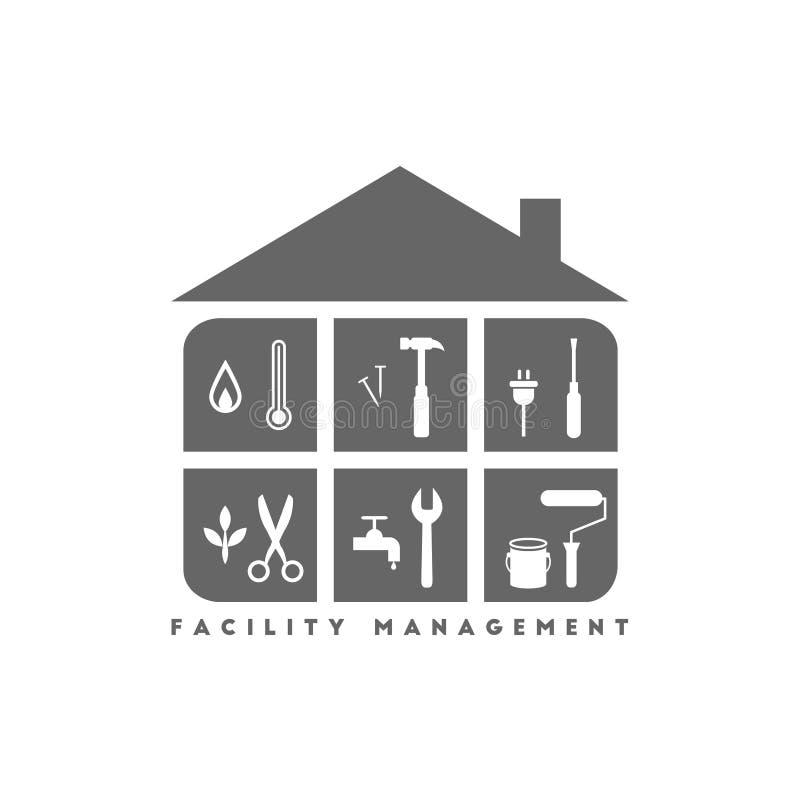Why Total Facility Management Is Vital for Company Success
Total Facility Management (TFM) serves as a foundation for service success by harmonizing diverse operational elements such as upkeep, room usage, and security procedures. As businesses navigate a competitive landscape, comprehending the complex advantages of TFM can be pivotal in driving cost effectiveness and boosting staff member productivity.
Comprehending Total Facility Management
Total Facility Management (TFM) incorporates a comprehensive technique to taking care of an organization's buildings and connected solutions to make certain ideal performance, safety and security, and performance. TFM incorporates different self-controls, consisting of maintenance, operations, area management, and safety and security protocols, to produce a natural framework that supports an organization's core objectives.
At its core, TFM intends to enhance the procedures involved in facility management, improving and minimizing redundancies solution distribution. This strategy entails the coordination of activities associated with property management, such as fixings, cleansing, and energy management, to foster an effective setting for workers and stakeholders alike. TFM additionally stresses the value of carrying out finest techniques and cutting-edge technologies to boost service high quality and decrease operational prices.
By lining up facility management activities with business objectives, TFM enhances general efficiency while ensuring compliance with health and wellness, safety and security, and environmental policies. Hence, TFM offers not only as a logistical function however likewise as a tactical possession, adding to a company's long-term sustainability and growth.
Secret Advantages of TFM
Leveraging a thorough approach, organizations that carry out Total Facility Management (TFM) unlock a myriad of advantages that add to total business success. One of the primary advantages of TFM is the enhancement of operational effectiveness. By combining facility solutions under a unified management framework, companies can enhance procedures, lower redundancies, and boost interaction throughout divisions.
Moreover, TFM promotes a proactive maintenance approach, which lessens downtime and prolongs the life expectancy of facilitiess and equipment (Total Facility Management). This positive method not only enhances productivity but also fosters a more secure working setting, inevitably leading to greater employee contentment and retention prices
Furthermore, TFM assists in much better source allowance by giving understandings right into facility performance metrics. Organizations can determine areas for enhancement, enabling them to make educated choices that align with their strategic objectives.
TFM and Expense Efficiency
Attaining expense efficiency is a fundamental objective for organizations, and Total Facility Management (TFM) plays a crucial function in this endeavor - Total Facility Management. By incorporating different facility solutions under a single management structure, TFM makes it possible for organizations to streamline procedures and minimize redundancies. This holistic strategy results in significant price savings, as it removes the requirement for multiple suppliers and simplifies purchase processes
Additionally, TFM promotes aggressive maintenance approaches, which reduce the threat of expensive repairs and downtime. By focusing on preventive actions, organizations can expand the life expectancy of their assets and minimize unexpected expenses. Additionally, TFM includes energy management practices, which can considerably cut energy costs with effective source use.
The centralization of data and analytics within TFM enables companies to make informed monetary choices. By identifying trends and locations for renovation, TFM enables tailored methods that further enhance expense management. Furthermore, the scalability of TFM services makes sure that as companies expand, their facility management practices stay reliable and straightened with financial goals.
Enhancing Employee Efficiency
A well-managed facility can significantly enhance worker performance by developing a helpful workplace. Effective Total Facility Management (TFM) ensures that all facets of the workplace-- from lighting and temperature to cleanliness and safety-- are optimized. When workers operate in a room that is properly maintained and comfy, they are most likely to concentrate on their tasks, causing greater outcome and task fulfillment.
Additionally, TFM can improve collaboration through the calculated design of communal locations, urging team effort and innovation. By investing in the best sources and modern technology, organizations can help with seamless interaction and simplify workflows, further boosting efficiency. Regular upkeep and timely reactions to facility problems prevent disturbances that might otherwise impede performance.
In addition, a risk-free and healthy job atmosphere, supported by TFM techniques, decreases absence and promotes health, directly correlating with boosted productivity degrees. Eventually, focusing on facility management is an investment not just in physical assets yet also in the labor force itself. By promoting a setting that supports staff member requirements and preferences, services can cultivate a much more involved you could try these out and effective labor force, driving overall success and competitive benefit.

Future Trends in TFM
Welcoming technological improvements is readied to improve the landscape of Total Facility Management (TFM) in the coming years. As the demand for effectiveness and sustainability boosts, see this site TFM will significantly take on clever structure modern technologies, incorporating Net of Points (IoT) tools to take care of and check facility procedures in real-time. This change will certainly allow positive maintenance, considerably minimizing functional expenses and improving solution delivery.

Sustainability continues to be an important emphasis, with TFM experts anticipated to prioritize environment-friendly techniques. This includes making use of renewable energy resources and optimizing waste management systems to minimize the carbon impact of facilitiess.
Remote management capacities will also be broadened, permitting facility supervisors to oversee operations from practically anywhere. This versatility will end up being essential as companies great post to read adjust to crossbreed job models. In summary, the future of TFM is poised for change with innovation, sustainability, and improved functional approaches, making certain businesses remain competitive in an evolving landscape.
Conclusion
By integrating various functional functions, TFM boosts effectiveness and aligns facility management with business objectives. As organizations progressively adopt lasting methods and cutting-edge innovations, the importance of TFM will certainly continue to expand, ensuring lasting operational performance and competitiveness in an advancing market.
